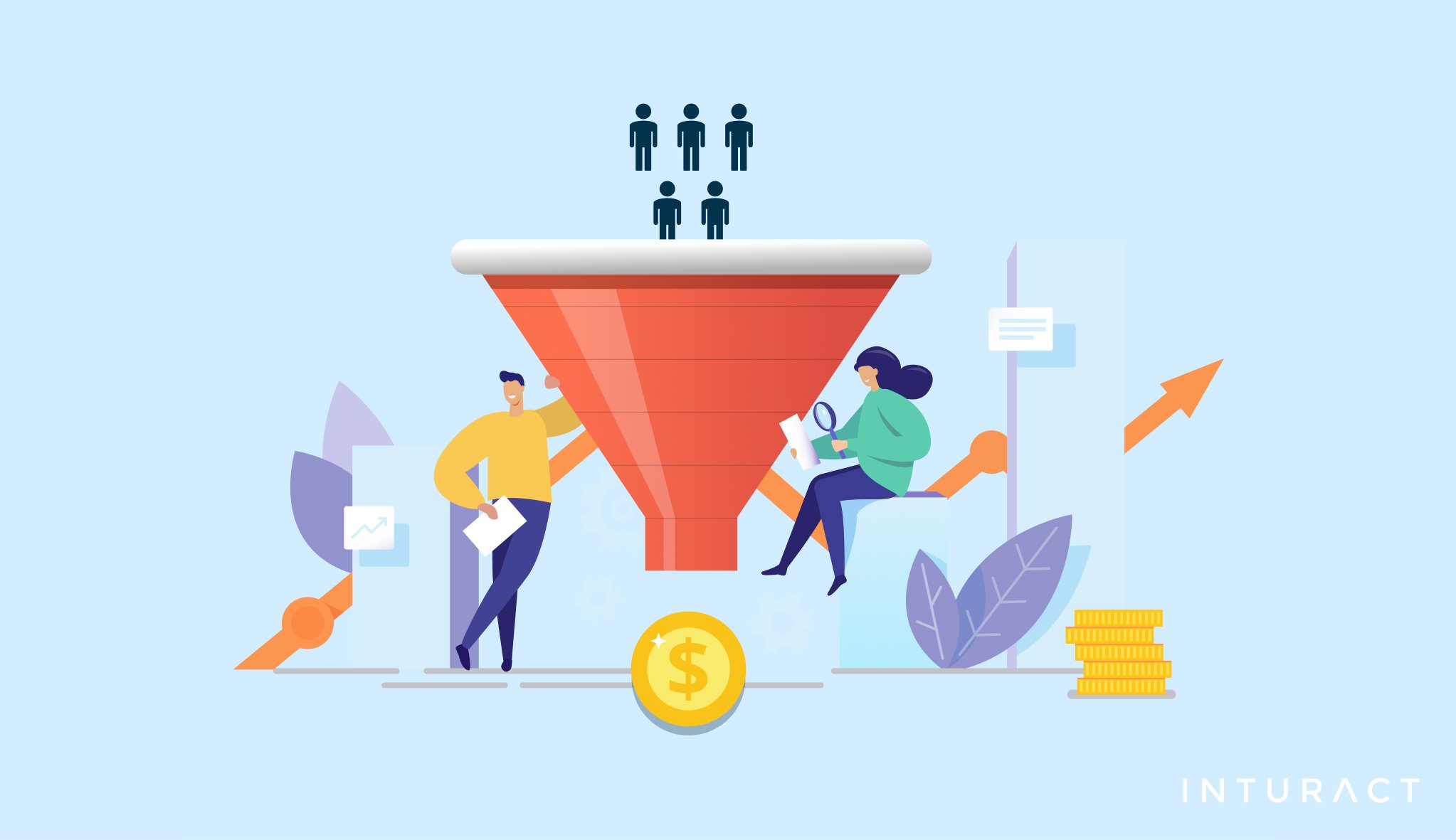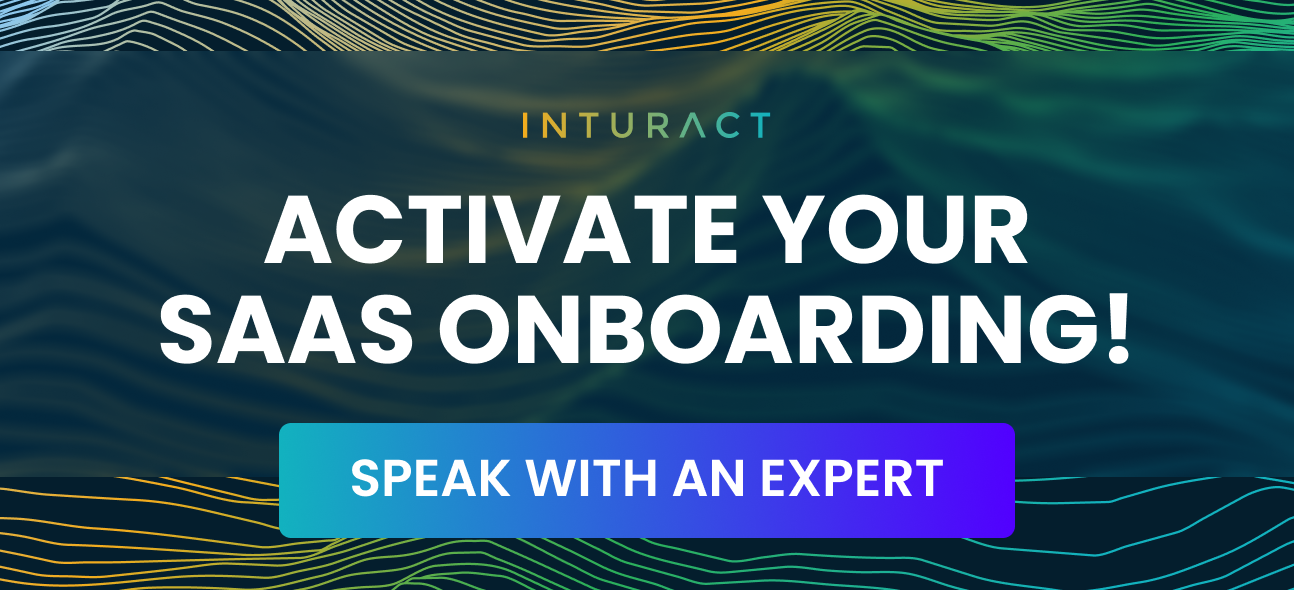How to Optimize the User Onboarding Funnel for SaaS

A SaaS (Software as a Service) User Onboarding Funnel is a structured process designed to guide new users from their initial interaction with a SaaS product to becoming proficient and engaged users.
This funnel differs from a marketing funnel, which focuses on converting leads into customers. The user onboarding funnel is specifically about the user’s journey after they have signed up for the software.
What are the stages of a SaaS User Onboarding Funnel?
- Welcome and Account Setup: This is the first step where users are welcomed to the software and guided through setting up their account. This may include filling in personal details, setting preferences, or a basic tutorial of the software.
- Initial Engagement: At this stage, users start interacting with the core features of the product. The goal here is to help them achieve their first ‘quick win’ or see the value of the product as quickly as possible.
- Feature Discovery: Users are encouraged to explore and use more advanced or less obvious features of the product. This could be through guided tours, tooltips, or targeted emails based on their usage patterns.
- Proficiency: Users become more comfortable and skilled in using the product. This is often facilitated through more in-depth resources like webinars, advanced tutorials, or community forums.
- Routine Use: The product becomes a part of the user’s regular workflow or routine. The user has now fully integrated the software into their daily tasks and operations.
- Loyalty and Advocacy: In the final stage, satisfied users become loyal to the product and may recommend it to others, becoming advocates for the software.
Before you go on to optimizing your user onboarding funnel, you’ll need to map the user journey.
Mapping the User Onboarding Funnel for a SaaS (Software as a Service) product means creating a detailed plan or framework that outlines the journey a new user takes from the moment they first sign up for your service to becoming a proficient and regular user.
Key elements of mapping the user onboarding funnel
- Understanding User Goals and Needs: Identifying what new users are hoping to achieve with your product, what challenges they might face, and what motivates them. This understanding is crucial for creating a relevant and effective onboarding experience.
- Identifying Key Actions and Milestones: Determining the essential actions or steps users need to take to successfully use your product. These are the milestones that will be highlighted and encouraged throughout the onboarding process.
- Designing the User Journey: This involves plotting out the sequence of interactions or experiences a user will have as they start using your product. It includes everything from the initial welcome message, through to tutorials, prompts to try features, and ongoing support and engagement strategies.
- Creating Educational and Support Materials: Develop resources like tutorials, guides, FAQ sections, and support systems that will help users at each stage of their journey.
- Incorporating Feedback Mechanisms: Setting up ways to gather feedback from users throughout the onboarding process, allowing you to continuously improve and tailor the onboarding experience.
- Setting up Tracking and Analytics: Implementing tools and metrics to track user progress through the onboarding funnel, which helps in understanding user behavior and identifying areas for improvement.
How to improve the onboarding process and increase conversions from user to paying customer.
1— Simplify and optimize the sign-up process
Reduce the number of fields in the sign-up form to only essential information. Consider using social media logins to speed up the process.
If you’re running a project management tool, ask only for the user’s name, email, and password. Optionally, allow users to sign up using their Google or LinkedIn accounts for quicker access.
2— Offer tailored onboarding based on user segments
Segment your users based on their roles, business size, or industry and provide customized onboarding experiences for each segment. This could involve displaying different introductory tutorials or highlighting relevant features.
For example, Canva asks questions on onboarding to segment users—
For CRM software, a small business owner might see a walkthrough focusing on contact management and sales tracking, while an enterprise manager might be shown features for team collaboration and large-scale data analytics.
3— Offer incentives for early engagement:
Motivate new users to engage more deeply with your product by offering incentives. This could be in the form of extended trial periods, discounts on subscription plans, or access to premium features for a limited time.
For example, for a cloud storage service, you could offer an additional 10GB of storage for the first month if the user completes the onboarding process and uploads a certain amount of data within the first week. This encourages users not only to complete the onboarding but also to start using the service actively, increasing the likelihood of conversion to a paying customer.
4— Set up self-service support
Create a detailed and searchable knowledge base that covers all aspects of your product. This should include FAQs, how-to guides, troubleshooting articles, and best practices. Embed your onboarding product tours within this resource center so that users can access them anytime. This reiterative approach recognizes that onboarding is not a one-time event but a continuous learning journey.
Use interactive guides and tooltips within your application to provide real-time, contextual help. These guides can be triggered based on the user’s actions or the page they are on.
Deploy a chatbot on your website and within your product interface to answer common queries instantly. Ensure it’s integrated with your knowledge base for accurate responses.
For example, a chatbot on your service’s homepage can answer basic questions about pricing, features, or troubleshooting, guiding users to relevant knowledge base articles or escalating to human support when necessary.
Continuously update your self-service tools with new content and improvements based on user feedback and product updates. Regularly analyze usage data to identify gaps or frequently asked questions that are not adequately addressed.
5— Implement progressive engagement with gamification elements.
Break down the user’s journey into smaller, manageable tasks or milestones. These should be designed to gradually introduce users to more complex features of your product.
Introduce rewards for completing certain tasks or milestones. These can be in the form of badges, points, or unlocking advanced features.
Offer instant feedback as users complete tasks. This could be through visual cues, congratulatory messages, or progress bars.
If applicable, introduce elements that allow users to compare their progress with others or share their achievements on social platforms.
By integrating these gamification elements into your onboarding process, you make the learning curve more engaging and enjoyable. This approach can lead to increased user retention and a more profound understanding of your product’s capabilities.
Conclusion
Remember, the goal of onboarding is not just to introduce your product, but to ensure users recognize its value and integrate it seamlessly into their daily workflow.
For businesses looking to elevate their user onboarding process, seeking expert guidance can be a game-changer. This is where Inturact, a specialized SaaS user onboarding agency, comes into the picture.
Inturact combines deep SaaS expertise with a data-driven approach to tailor onboarding strategies that resonate with your user base. Our focus is on creating engaging, user-centric onboarding experiences that can help bridge the gap between user sign-up and loyal, long-term customer engagement. Whether you’re looking to refine an existing onboarding process or build one from the ground up, Inturact can provide the insights and strategies necessary to make your user onboarding journey a resounding success. Schedule a call with us today.




